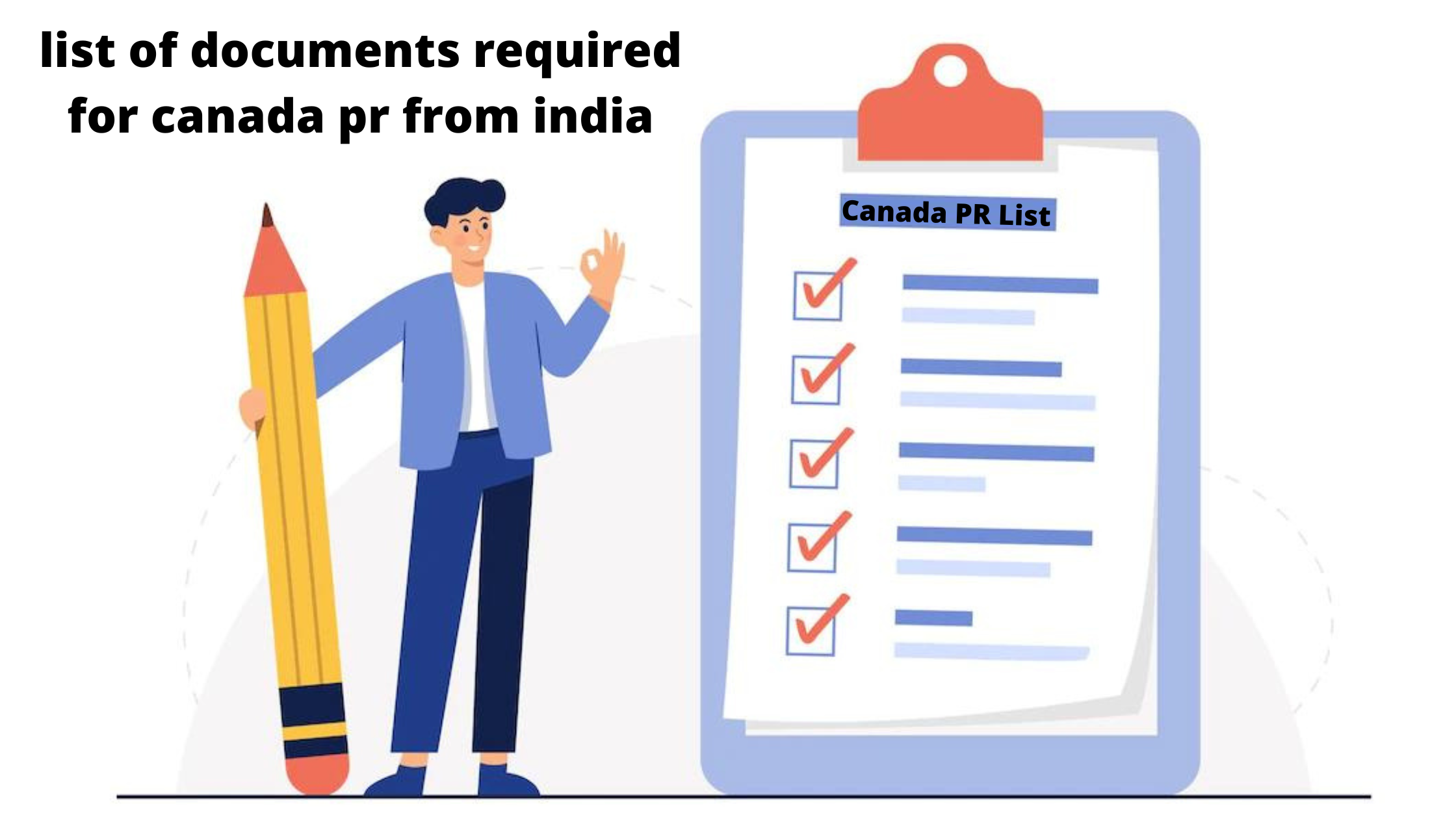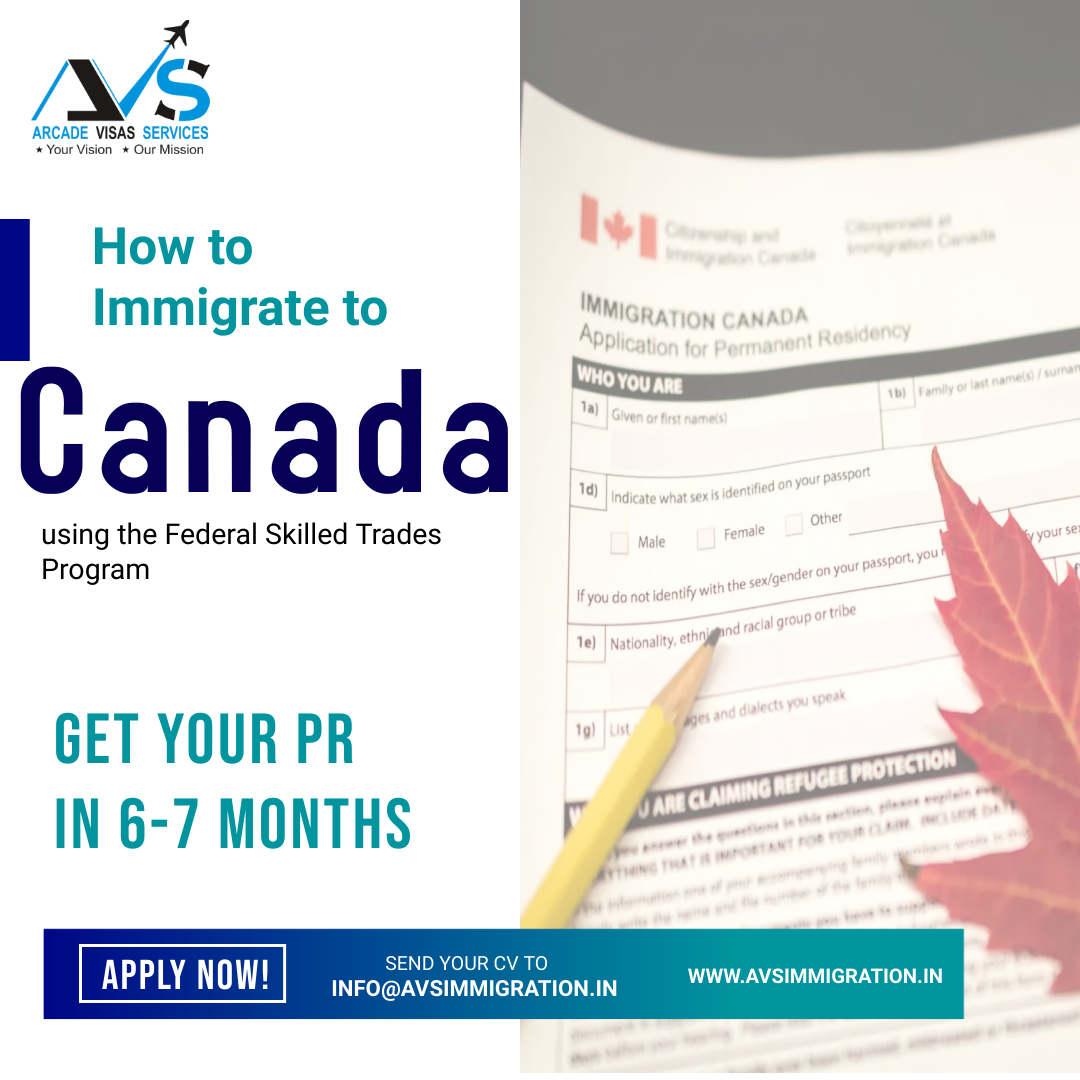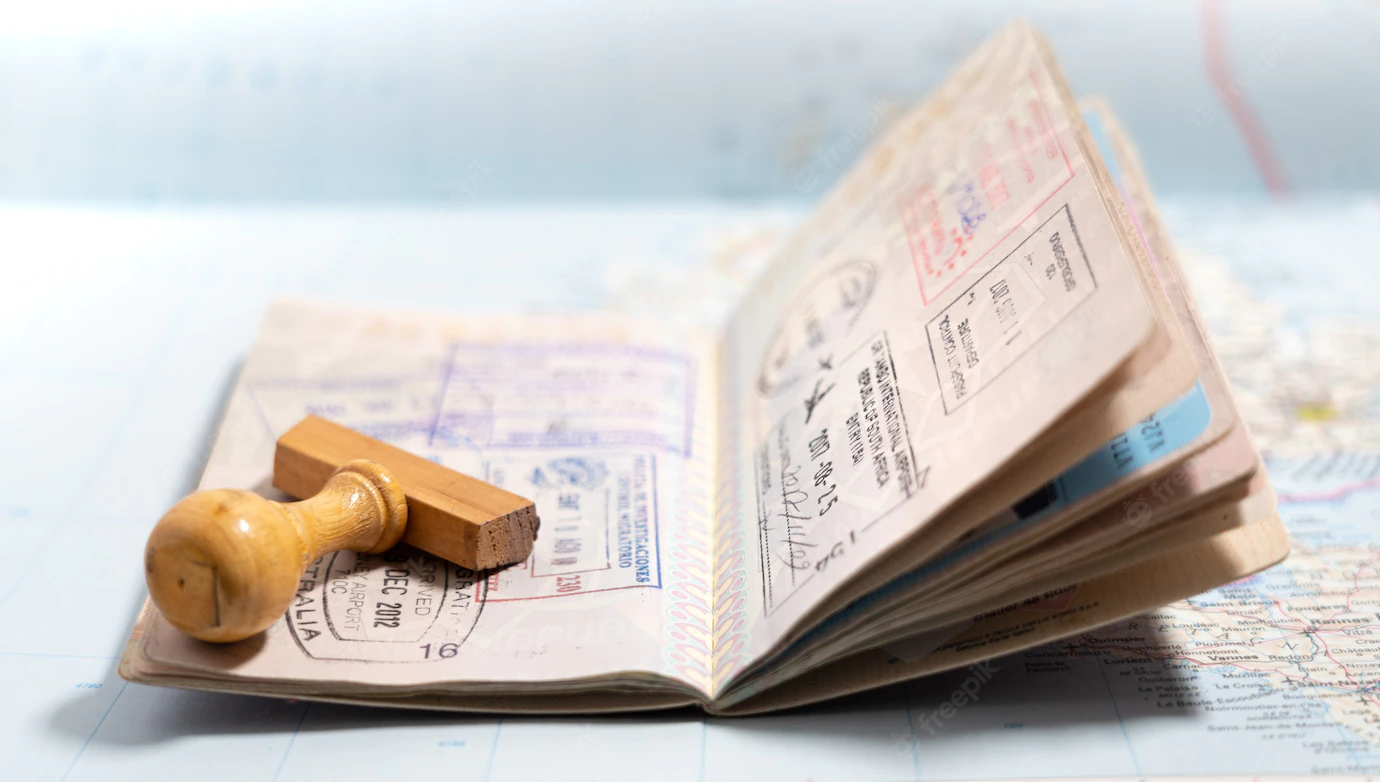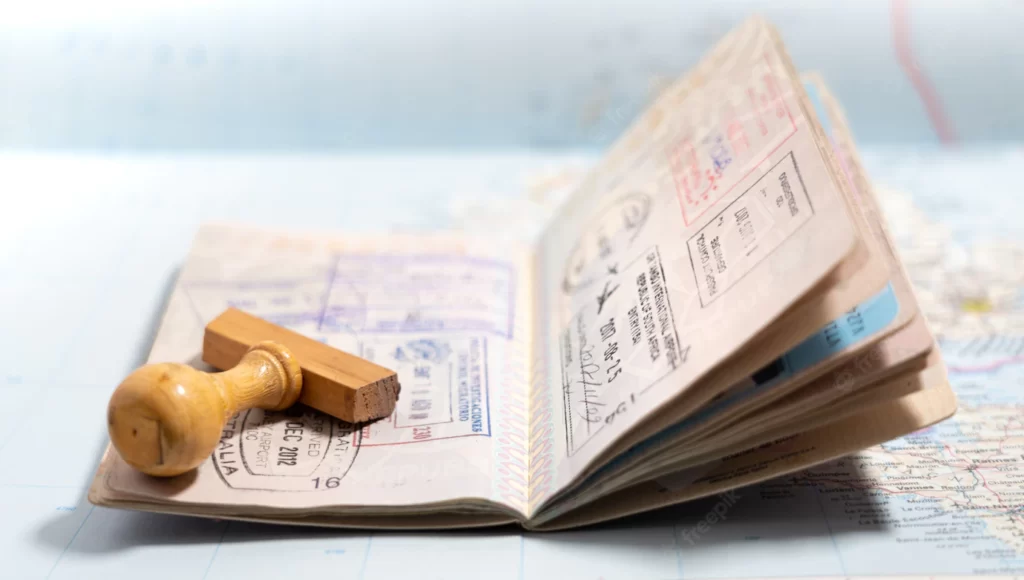list of documents required for canada pr from india | eligibility for pr in canada | documents required for canada pr express entry | total cost for canada pr from india | canada pr requirements for indian
list of documents required for canada pr from india
The list of documents required for Canada PR from India, Canada is divided into three parts – mandatory documents (also known as the hard requirements), additional documents (recommended or soft requirements) and supporting documents (additional pieces of information that can strengthen your application). The lists are not exhaustive and may require you to submit more documents. The recommended additional documents may vary from case to case depending on the type of work you do, your education, job experience, etc.
Passport

You’ll need a valid passport from your home country. Note that your passport must be valid for at least six months past your planned return date to India. If you’re visiting Canada as a tourist, there is no specified length of stay in Canada, but you will need to prove you have enough money to support yourself during your stay and return trip. You may also be asked to show proof that you booked return travel within a reasonable amount of time (normally less than three months).
Education Credential Assessment (ECA)

This is an application to get your foreign education credentials recognized in Canada. It’s part of your permanent residency application and will be used by immigration officials to determine how many points you will receive towards your application.
You should include a photocopy of all of your diplomas/certificates, transcripts, and reference letters with your ECA package (references aren’t mandatory but we recommend you have them).
Also make sure that whatever educational institutions are listed on your ECA package are also listed on whichever provincial or territorial professional association or licensing body requires it. For example, Ontario requires that references from universities be submitted as part of its ECA process.
Proof of Funds

When looking to buy property in Canada, most lenders want to see that you have cash or assets on hand sufficient to pay at least 25% down on a purchase. Many people do not have that much money, so they opt for seller financing—an agreement between buyer and seller where payment is made by a combination of cash, promissory note and an accompanying mortgage.
(Learn more about financing options here .) Regardless, it’s important to keep track of all your sources of funding so you know where your funds are coming from. Lenders will typically ask you to verify these sources through tax returns and other documents proving income/employment or bank statements showing available funds.
Also Read:-
- Canada Pr Visa Cost In Indian Rupees
- How to Get Canada PR Visa From India
- SINP Occupation In Demand
- How to Immigration/Migrate to Australia from India
- 5 Easy Steps to Migrate/Immigrate In Canada
Language Test score results

You must submit official results of a language test that is approved by Immigration, Refugees and Citizenship Canada (IRCC) or designated by IRCC.
The test must be completed in your native language. You may also provide an attestation form signed by an official at your school, university or place of work stating that you are at least functionally bilingual and have sufficient knowledge to function on a day-to-day basis in English or French (or both).
Visit IRCC’s website to learn more about language tests. Note: We only accept score reports sent directly to us from ETS, IDP or Prometric test centres; we do not accept results sent through agents.
Offer letter from a Canadian employer

Enter it. Your reference code is a unique alphanumeric code issued by Immigration, Refugees and Citizenship Canada (IRCC) as part of your permanent resident application. IRCC will send you a notification letter with your personal reference code once they’ve received your complete application package.
If you haven’t received your notification letter, visit IRCC’s Find out if you need an Invitation or Electronic Travel Authorization to come to Canada page. On that page, you’ll be able to enter some basic information about yourself and find out if an Invitation or an Electronic Travel Authorization is required before entering Canada or coming back to Canada by air.
Provincial Nomination Certificate or territorial certificate of nomination

If you’re interested in living in a province other than your own, you will have to be nominated by one of that province’s government bodies. Nomination requirements vary based on where you want to live and what type of immigration status (work, study, etc.) you’d like to pursue there.
Check with your desired province or territory’s official website for more details and instructions. Most provinces require prospective nominees to complete an online form and provide certain documentation before they’ll issue a nomination certificate.
An application fee is usually involved as well. The process may take anywhere from several weeks to several months, depending on how busy each office is at any given time. In addition, some provinces have specific guidelines regarding who is eligible for nomination certificates (for example, only people who are investing at least $200,000 in their business). Contact your chosen province or territory’s nominee office directly if you have questions about its specific policies.
Marriage certificates or divorce certificate (if applicable)

Like most countries, Canada requires either a marriage certificate or divorce certificate to prove that you are eligible to get married in Canada. If you have been previously married, be sure to include both your marriage and divorce certificates with your application.
Remember that some forms of divorce certificates may not be recognized by Canadian officials; check out Citizenship and Immigration Canada’s (CIC) list of acceptable divorce documents here . If one or both partners cannot provide a divorce certificate at all, you will need to apply for a Declaration of Status Document instead .
In addition to a valid passport, applicants must also submit:
1) Two photos
2) Proof of status in India (such as an Indian visa),
3) Proof of employment or education,
4) Proof of funds
5) Proof of relationship status (if applicable),
6) Declaration form DS-230 Part IV and
7) Medical examination report Form IMM 1017EZ.
It is important to note that CIC has strict requirements regarding what types of photos are acceptable – make sure you read through their photo requirements before applying! You should also take into account how long it takes for passports to arrive when planning your trip – if possible, try to leave yourself at least three weeks between receiving your passport and leaving on your trip.
Your Personal reference code
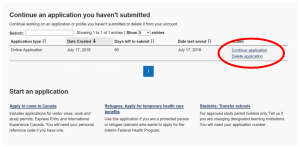
The Canada Immigration office will give you a reference code once your ITA has been generated. The time it takes to get your personal reference code varies and is usually done within three weeks, but can take longer if there are changes to your file that need to be made.
If you have any pending documents that require processing by other government bodies (for example, police clearances or student visas), you may be able to expedite getting a PRC by using one of these document services. If you are eligible for using one of these document services, they will tell you which ones they accept in their terms and conditions when registering with them.
Some companies even offer free express delivery on all files submitted through them. In some cases, depending on where you live in India, it might actually be faster to use an agent because they can submit everything electronically and don’t have to wait for mail service. This means all your supporting documents could arrive at once rather than being processed separately over several months or years.
Make sure you read reviews before choosing an agent so that you know what kind of service they provide and how long it takes them to process applications. Some agents do not even process applications themselves; instead, they simply sell information about how to apply directly from Citizenship and Immigration Canada (CIC). These agents typically just collect money up front without doing anything else—and then disappear after taking people’s money!
Express Entry Profile Number

You’ll receive an Express Entry Profile Number when you submit your Expression of Interest. This number is used to track your application, so make sure it’s correct and up-to-date. If you change anything about your information (like a name or address), call CIC immediately and ask them to update your file with the new details before you resubmit your application.
Never just fill out a new profile form without talking to CIC first – they won’t know where to find it in their system! Make sure that you get a letter from CIC confirming any changes you make as well.
As part of your Express Entry profile, CIC will need proof that:
you have enough money to support yourself and any dependents who immigrate with you;
you have enough money to support yourself after landing in Canada;
you have an education equivalent to at least secondary school completion or are willing to take one year of language training; You meet other requirements such as criminal background checks.
When applying through Express Entry, these things must be current within 12 months of submitting your application. So if you have been convicted of a crime since being nominated by Quebec, don’t forget to let us know!
Job seeker validation code

In order to work in Canada, you will need a job seeker validation code (JSVC). This 9-digit number confirms that you have an active job offer from a Canadian employer and may enter Canada. It is valid for six months and cannot be extended.
The JSVC has no expiry date if your application is still in process with Immigration, Refugees and Citizenship Canada (IRCC) or Employment and Social Development Canada (ESDC). You should not apply until you have received confirmation of your employment offer. If you do not obtain a job within six months, do not reapply:
IRCC will reject your new application. This means that neither ESDC nor IRCC will process any new applications, which delays your ability to work legally in Canada.
Medical report

This should be accompanied by a doctor’s statement, confirming that you don’t have any infectious or communicable diseases. This will prove very useful if you ever want to travel to countries that require a medical report.
In case you don’t already have such a document, getting one is pretty simple. All you need to do is go to your doctor and ask him or her to fill out a medical report form—which shouldn’t take more than 15 minutes. The main requirement here is that both you and your parents are 100% healthy, with no signs of disease whatsoever.
Birth Certificate
This is an official document issued by a government agency. The certificate confirms your birth and your personal details, including information such as place of birth, time of birth, and so on. A valid passport or travel document:
All applicants must have a valid passport or other travel document at all times during their stay in Canada. Work permit: The work permit must be valid upon entry into Canada until the expiry date printed on it, even if it has not been used yet. It will also state whether you will be able to work anywhere in Canada or if you are limited to specific employers/areas.
Police Verification report
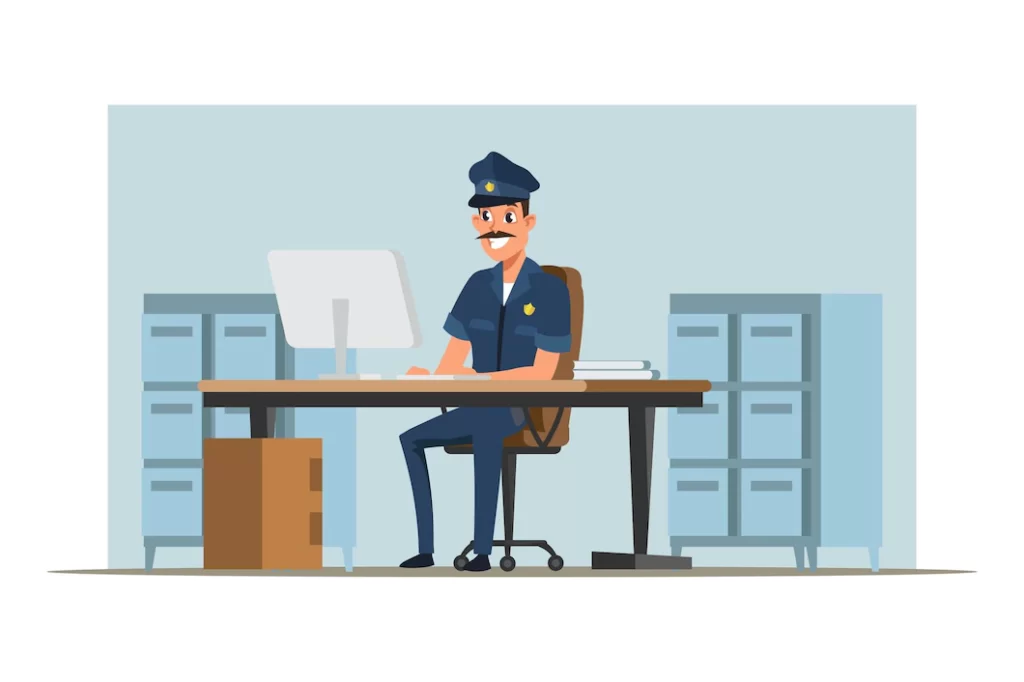
The Police Verification Report (PVR) is a police clearance certificate issued by local police authorities in India after checking your criminal record. You need to get a PVR from each state you have lived in over 16 years. However, if you were below 16 years when you moved out of that place and did not work, there is no need to get a PVR for that period.
For example, if you worked as an intern with a company at 16 years of age, but stayed with your parents till 18 years, then it will be enough if you provide them only with evidence to prove that you were below 16 years during that time and did not work anywhere during that time period. This report is mandatory to apply for Canada PR or any other immigration application. In some cases, it may also be mandatory to apply for jobs in Canada or any other country.
The reason why most companies ask for a PVR is because they want to make sure that their employees are honest people who have not committed any crime and are good people fit for working with children or women etc. This document proves that you are free from any criminal charges against you and do not have any pending court cases against you. It also ensures that you do not fall under Section 34(1)(d) of Immigration Act which disqualifies criminals from applying under immigration programs like Canada PR etc.
Letter of recommendation from previous employers
In addition to your resumé, it’s a good idea to include letters of recommendation and references. If you’ve had two or more jobs in your field, you should ask previous employers to write a letter that details what they think are your best qualities as an employee. This way you don’t have to repeat yourself (or stretch) on why they’re recommending you and what they think makes you such a great worker. However, if it’s been less than three years since you’ve worked at each company, don’t bother asking for recommendations — most likely they won’t be willing to write one without recent experience with how well (or poorly) you perform in your current job.
If you like our list of documents required for canada pr from india Post then please check out our Social Media
FAQ- FREQUENTLY ASKED QUESTIONS
How can I get direct PR from India to Canada?
To immigrate to Canada, you need a job offer. If your employer will be paying you in Canadian dollars (CAD), you will have to obtain a Labour Market Impact Assessment (LMIA) through Employment and Social Development Canada (ESDC). ESDC issues LMIA’s once they are satisfied that there is no qualified Canadian or permanent resident in Canada who could fill your position. The employer has to advertise a certain number of days and list at least three positions with their application.
How much bank balance is needed for Canada PR?
The minimum bank balance that is asked by CIC to apply for Canada PR will vary with each applicant but on an average, you need about $40000 CAD in your bank account. Banks normally ask that if you have savings in a foreign currency, then convert them into Canadian Dollars.
What are the basic requirements for Canada PR?
For Express Entry candidates, Canada PR is a two-step process. In Step 1, applicants are assessed for eligibility based on their profile; those who meet requirements move on to step 2, which is securing an Invitation to Apply (ITA) through one of three economic immigration programs: Federal Skilled Worker Program, Federal Skilled Trades Program or Canadian Experience Class. Once candidates receive an ITA in these programs, they must apply within six months.
How much does it cost for Canada PR from India?
The cost of a Canada PR application will vary based on a number of factors, including your country of residence, education level and how quickly you need to make it happen. Although there is no official fee list (i.e., you won’t find one on Citizenship and Immigration Canada’s website), your application will likely cost anywhere between $1000 – $3000 CAD.
Can I buy Canadian citizenship?
The short answer is no. It’s nearly impossible to buy a Canadian passport. To buy citizenship in any country, you must already be a citizen of that country. The only exception is Ireland and Malta, where you have to be related to an Irish or Maltese national.


